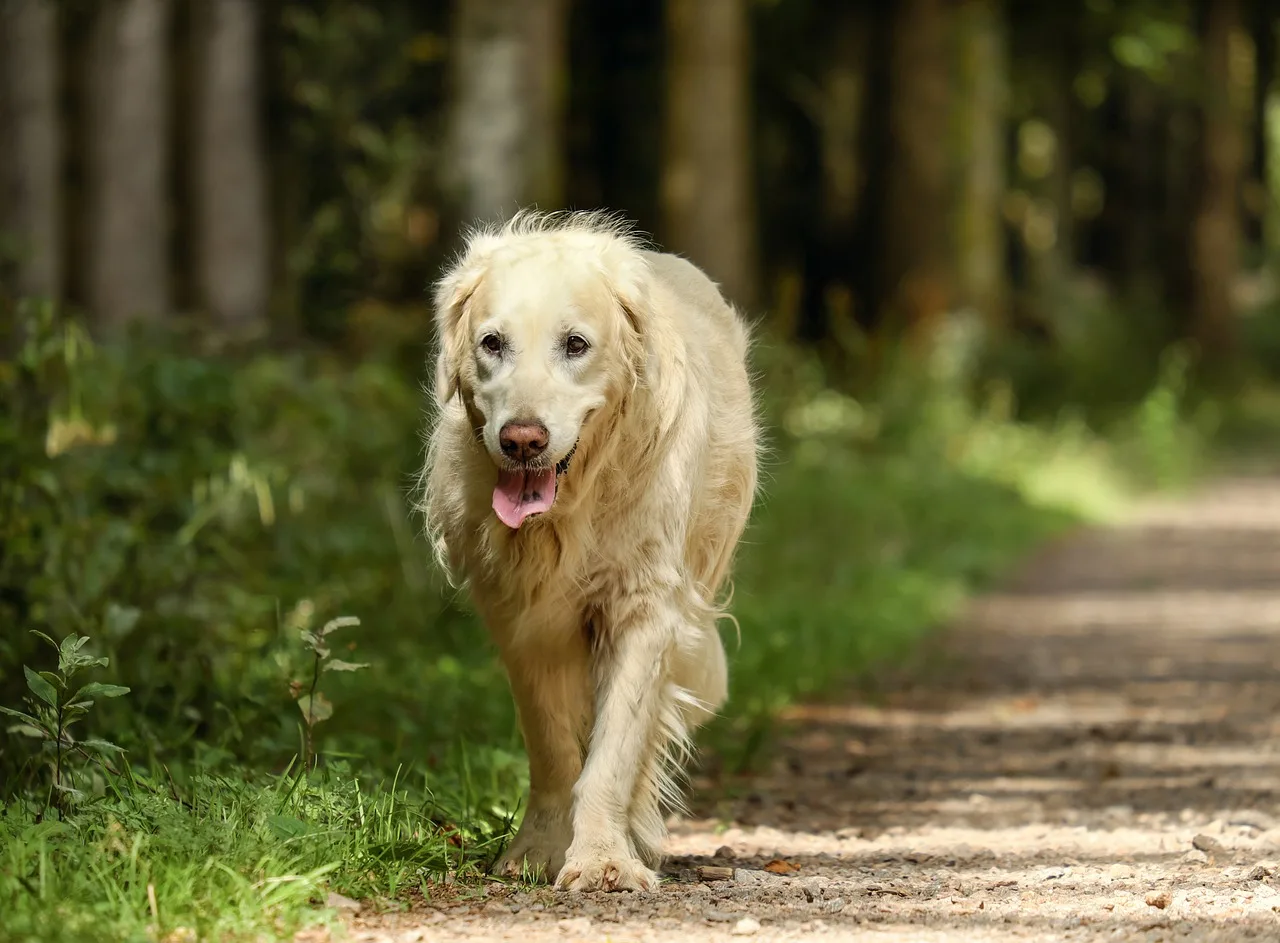Hip Dysplasia is one of the most common health problems in Golden Retrievers. This painful condition has an enormous impact on the overall health and quality of your dog’s life.
What Exactly Is Hip Dysplasia?
To understand hip dysplasia we need to first understand the anatomy and inner workings of the hip joint. The hip joint is basically composed of two parts, one is a ball and the other is a socket.
When the ball and socket are growing and developing normally, they will slide smoothly during the dog’s motion. On the other hand, if they didn’t develop properly, the ball and the socket won’t fit. This leads to them rubbing and grinding each other instead of sliding smoothly. Of course, this further leads to abnormal stress, inflammation, and degeneration of the tissue, causing pain and disability for your Golden.
What Causes Hip Dysplasia In Golden Retrievers?
Well, the most common cause of hip dysplasia in Golden Retrievers is genetics. Like most of the large dog breeds, they are genetically predisposed to developing this condition.
Some other factors will cause hip dysplasia in Golden Retrievers.
- Improper nutrition
- Synovial inflammation
- Delayed endochondral ossification
- Excessive growth rate
- Obesity
Symptoms Of Hip Dysplasia In Golden Retrievers
Your Golden Retriever can show signs of hip dysplasia when he is as young as four months of age. In other cases, Golden will develop it as it ages. Whatever the case, there are clear signs and symptoms that something isn’t right with your dog’s joint.
These are the most common symptoms of hip dysplasia in Golden Retrievers:
- Pain
- Reluctance to jump, run or rise
- Decreased range of motion
- Narrowed stance
- Loss of balance
- Decreased activity
- Stiffness
- Enlargement of the shoulder and loss of thigh muscle mass
- Hind-limb lameness
- Swaying while walking
Diagnosing Hip Dysplasia
If you notice your Golden Retriever feeling discomfort and pain, take him to the vet as soon as possible. The vet will perform extensive physical tests to determine the cause of the condition. To definitely determine the diagnosis vet will perform Y-ray scanning. This will provide all the necessary information on the degree and severity of hip dysplasia. This, in turn, will help your vet in determining the proper treatment for your dog.
Hip Dysplasia Treatment
There are several options for the treatment of your Golden Retriever hip dysplasia. The vet will choose the best one for your dog, depending on the severity of the condition. In some cases, lifestyle modification will be enough to resolve the issue. In more severe cases, surgery will be required to solve the problem.
There are a couple of nonsurgical methods to ease the pain and improve your dog’s joint health:
- Physical therapy
- Joint supplements
- Joint fluid modifiers
- Weight reduction
- Anti-inflammatory medications
Preventing Hip Dysplasia
Since hip dysplasia in Golden Retrievers is hereditary, there is not much you can do to prevent it. However, you can reduce the risk of its development by applying the proper practice in preserving your Golden’s health while he is still a puppy.
This means you should provide your puppy with a quality diet that will prevent abnormal growth that leads to hip dysplasia. You should also provide appropriate levels of activity and exercise. Control your dog’s weight as obesity can greatly contribute to the development

